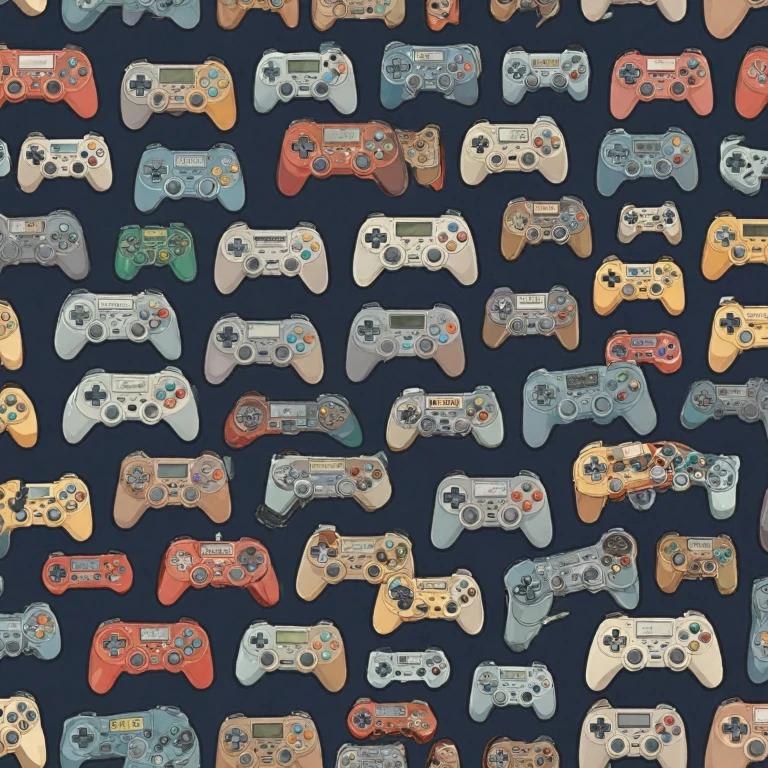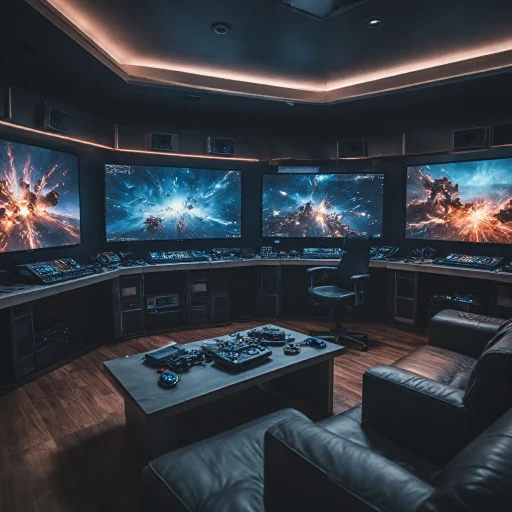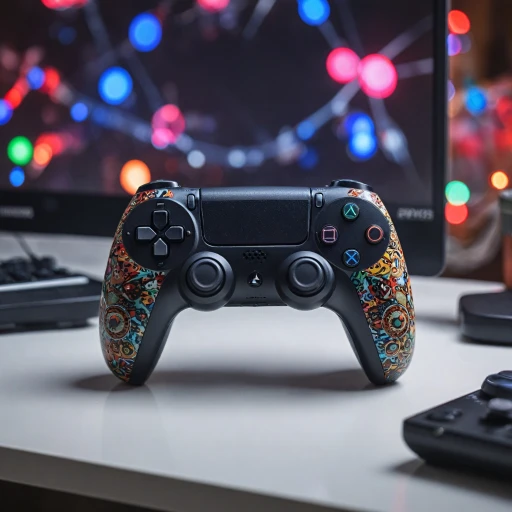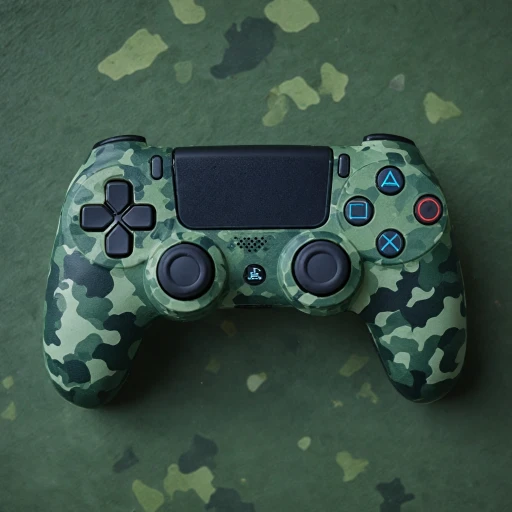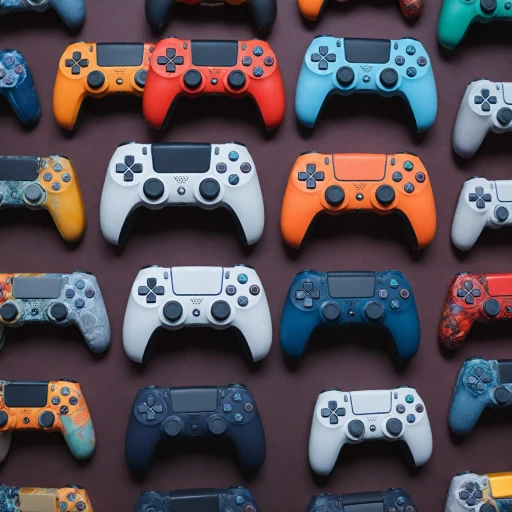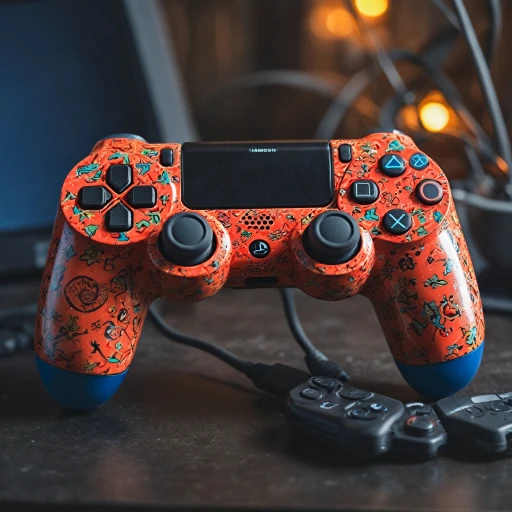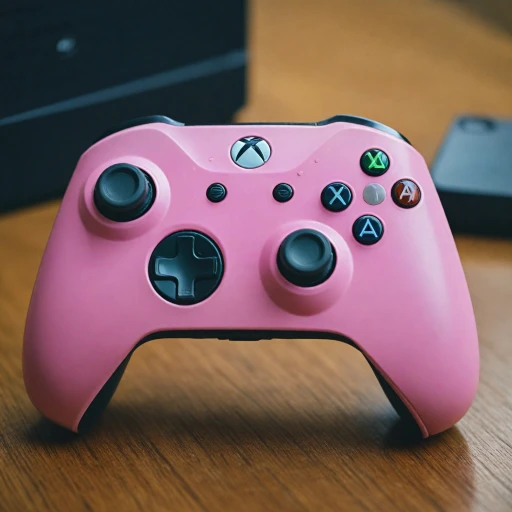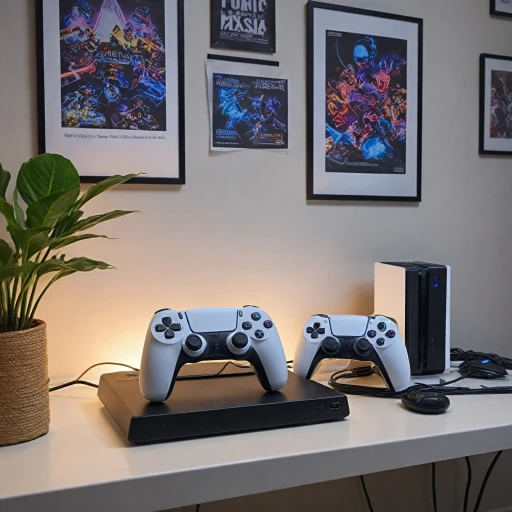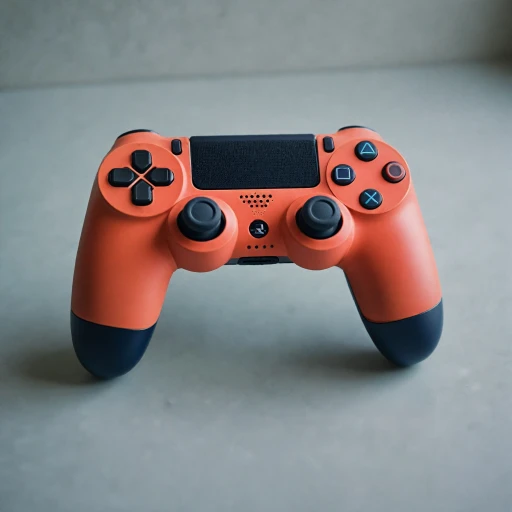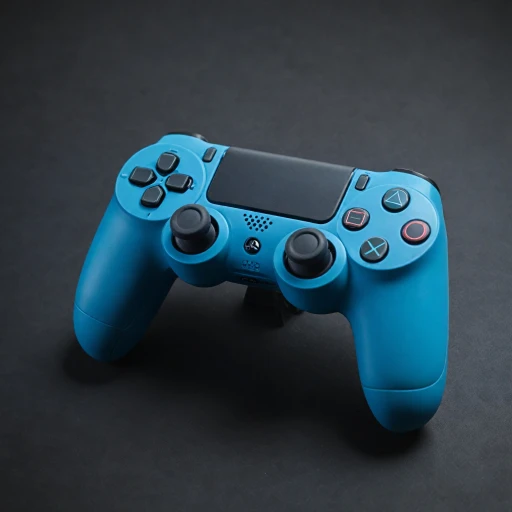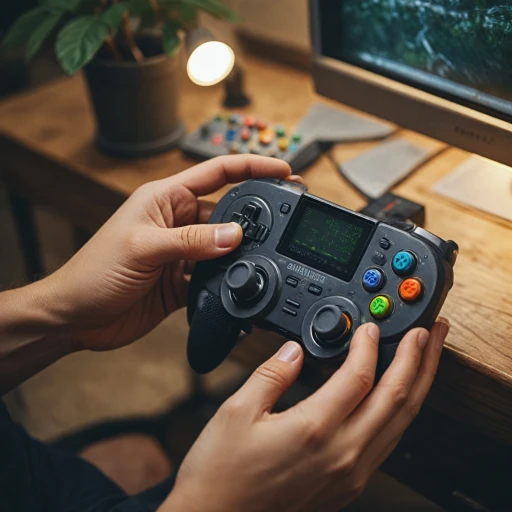
The Birth of Video Game Controllers
Early Innovations in Gaming Handhelds
The inception of video game controllers marked a pivotal moment in gaming history. As the gaming industry began to take shape in the late 1970s, companies were innovating to craft devices that allowed players to interact seamlessly with on-screen action. The earliest controllers were simplistic in design, often featuring a joystick and a few buttons. One of the most iconic early examples was Atari’s joystick, which introduced gamers to basic gaming mechanics.
As time progressed, companies like Nintendo, PlayStation, and Xbox began to refine and expand on these initial concepts. Nintendo's Wii Remote, for instance, revolutionized controller design by introducing motion-sensing technology, a concept that would become a staple in many gaming systems. Likewise, the PlayStation evolved its controllers with features like dual analog sticks, which improved the ability to control games more precisely.
In more recent years, innovations in technology and connectivity brought about the wireless controller, transforming single-player experiences into expansive, multi-device environments. The Xbox wireless controller and the Nintendo Switch Pro Controller, for example, both offer wireless freedom, enhancing gameplay while eliminating the constraints of physical cables.
To delve deeper into the world of custom and innovative controller designs, enthusiasts can explore further on custom PS5 controllers, which illustrate how personalization options continue to evolve and enrich the gaming landscape.
Technological Advancements in Controllers
Innovations in Technology Expand Gaming Horizons
Throughout the years, video game controllers have undergone impressive technological advancements, transforming the gaming landscape. The transition from wired to wireless controllers represents a significant breakthrough in terms of convenience and functionality. Xbox wireless and Pro controllers, for instance, free players from the tangle of cables, providing enhanced freedom of movement and comfort.
Another transformative advancement is the introduction of analog sticks, which replaced traditional directional pads and revolutionized game navigation, offering precise control in three-dimensional game environments. Modern controllers like those for the PlayStation, Xbox Series, and Nintendo Switch often come equipped with these precision-enabling sticks to enhance gameplay.
Nintendo, a frontrunner in controller innovation, introduced the Wii remote with motion-sensing capabilities. This evolution, combined with the expansive range of Nintendo Wii accessories, including steering wheels and nunchucks, activated a new era of interactive gaming experiences that widened the appeal of video games to broader audiences.
USB connectivity has also played a crucial role in adapting gaming controllers for cross-platform use, ensuring ease of compatibility with various devices. The advent of Xbox controllers accommodating both wired and wireless options allows for flexible use cases, particularly valuable in professional gaming setups.
Furthermore, with advancements in technologies like Bluetooth and the introduction of free shipping of various devices, players can now easily access a wide variety of game controllers to enhance their gaming setups. The development of gaming controllers such as the Xbox controller and controllers specifically for remote play offers gamers specialized tools aimed at diverse playing preferences.
For more insights into the evolution and nuanced features of current gaming controllers, you may find this examination of the transformations in controller technologies to be a comprehensive resource.
Ergonomics and Design Evolution
The Evolution of Shape and Comfort
The transformative journey of video game controllers couldn't be discussed without understanding how ergonomics and design have played a pivotal role. Over the years, the mundane designs of early controllers have evolved into ergonomic masterpieces tailored for prolonged gaming sessions. The changes are not only aesthetic but also enhance the overall user experience.As technology advanced, consoles like Xbox and PlayStation began to focus more on the comfort of their users. Ergonomic designs were introduced, allowing gamers to hold their controllers for hours on end without experiencing fatigue. The Xbox wireless controller is a prime example, with its layout designed to accommodate hands of all sizes, offering comfort and precision whether you're playing an action-packed shooter or a strategic role-playing game.
Buttons and Layout Innovations
From the traditional wired controllers to the advanced wireless controller offerings, a lot has changed. The layout of buttons and analog sticks has become intuitive. Controllers now have trigger buttons, shoulder buttons, and analog sticks that provide a natural feel, easy access, and seamless transitions between different game actions.
The Nintendo Wii and Switch have also introduced unique designs, with the Wii remote allowing for motion-based control and the Switch providing Joy-Cons that offer both single-player and multiplayer flexibility. Both controllers cater to a wide array of games, from casual play to professional-level competitions.
Customized for Different Needs
Design evolution isn't just about ergonomics; it's also about customization and adaptability. With the advent of pro controllers, gamers have the option to tailor their setups to match their personal play styles. This is key for competitive gaming where every millisecond counts, offering a bespoke gaming experience. The USB connectivity also allows for hassle-free updates, ensuring the latest firmware enhances performance every step of the way.
The Impact of Controllers on Gaming Experience
The Influence of Game Controllers on the Overall Gaming Experience
Game controllers have morphed significantly over the years, shaping the very way we engage with our favorite games. No longer just simple devices to control movements, today's controllers have a profound impact on the quality and enjoyment of gameplay.
The introduction of wireless controllers, such as the Xbox wireless controller and Nintendo Switch Pro Controller, has freed players from the confines of cords, providing a seamless transition between action-packed scenes without interruptions. This mobility naturally enhances immersion, allowing players to settle into more comfortable positions, whether using an Xbox series controller for the latest FPS or a Nintendo Wii Remote for active games like Rock Band.
The design of a controller also determines comfort during extended play. Modern attention to ergonomics has led to intuitive designs, where the placement of analog sticks and buttons feel natural, reducing strain during long gaming sessions. Examples include the PlayStation DualSense and the Xbox controller, both praised for their hand-fit, balance, and responsive feedback. PlayStation’s haptic feedback system further enhances the tactile experience, making the virtual world all the more real.
Customizability is another area elevating the gaming experience. The availability of customizable controllers allows gamers to tailor their devices to unique preferences, whether adjusting tension on thumbsticks or modifying button mappings. This is particularly beneficial in pro competitive scenes where precise control is paramount.
Specialized controllers cater to diverse gaming genres and preferences. For racing enthusiasts, a steering wheel attachment can significantly enhance realism, while remote play options extend the boundaries of where gaming can occur, offering versatility not previously seen in earlier generations of controllers.
Ultimately, controllers are more than mere peripherals; they’re integral to maximizing the gaming experience. From beginners with a simple wired controller to seasoned pros using a top-tier gamepad, the evolution in design and technology ensures that there's a controller tailored for every gamer’s needs.
Customizable and Adaptive Controllers
Personalization and Adaptive Features in Modern Controllers
The gaming landscape has seen a dramatic shift toward the use of customizable and adaptive controllers, meeting the diverse needs of gamers worldwide. Traditionally, controllers were one-size-fits-all, but now there are options tailored for individual preferences. This evolution has significantly impacted the gaming experience, similar to technological advancements that have shaped controller functionalities over time.
Many modern controllers, like the Xbox Series and PlayStation's DualSense, come with a variety of personalization options. Users can customize their controller skins, button layouts, and even the feel of analog sticks to suit personal preferences. This customization extends to pro-level features, giving gamers the ability to adjust trigger sensitivities and tactile feedback settings to heighten immersion.
Meanwhile, accessibility in gaming has also seen improvements thanks to adaptive controls. Microsoft's Xbox Adaptive Controller is a prime example, offering a flexible and inclusive option for players with diverse abilities. Similarly, the Nintendo Switch Pro Controller brings wireless functionality and ergonomic design to enhance comfort during extended gaming sessions.
Notably, wireless technology has revolutionized gameplay, granting freedom of movement without the tangle of wired controllers. Whether playing a Nintendo Wii game with a Wii Remote or engaging in remote play with an Xbox Wireless Controller, the experience is smoother and more fluid.
Gaming companies also recognize the importance of delivery convenience, often offering free shipping options to ensure players receive their game accessories swiftly. Going forward, gaming controllers are expected to continue evolving, with potential elements like personalized haptic feedback and AI-driven adjustments offering even more tailored experiences.
The blend of tradition with innovation ensures that gaming controllers remain pivotal in shaping the future of video gaming. As we look ahead to what's next, it's clear that the best controllers will always prioritize player preference and comfort.
